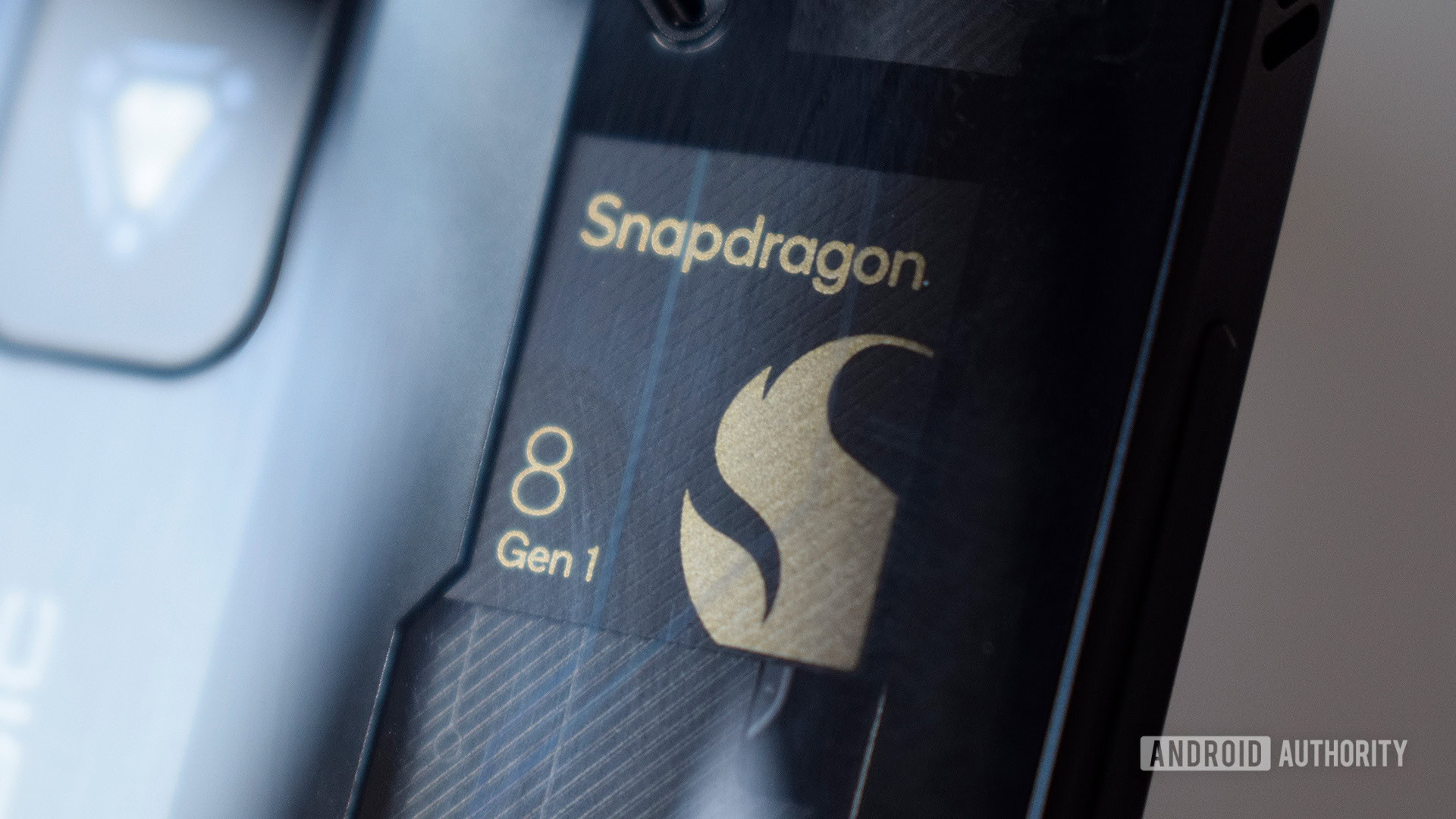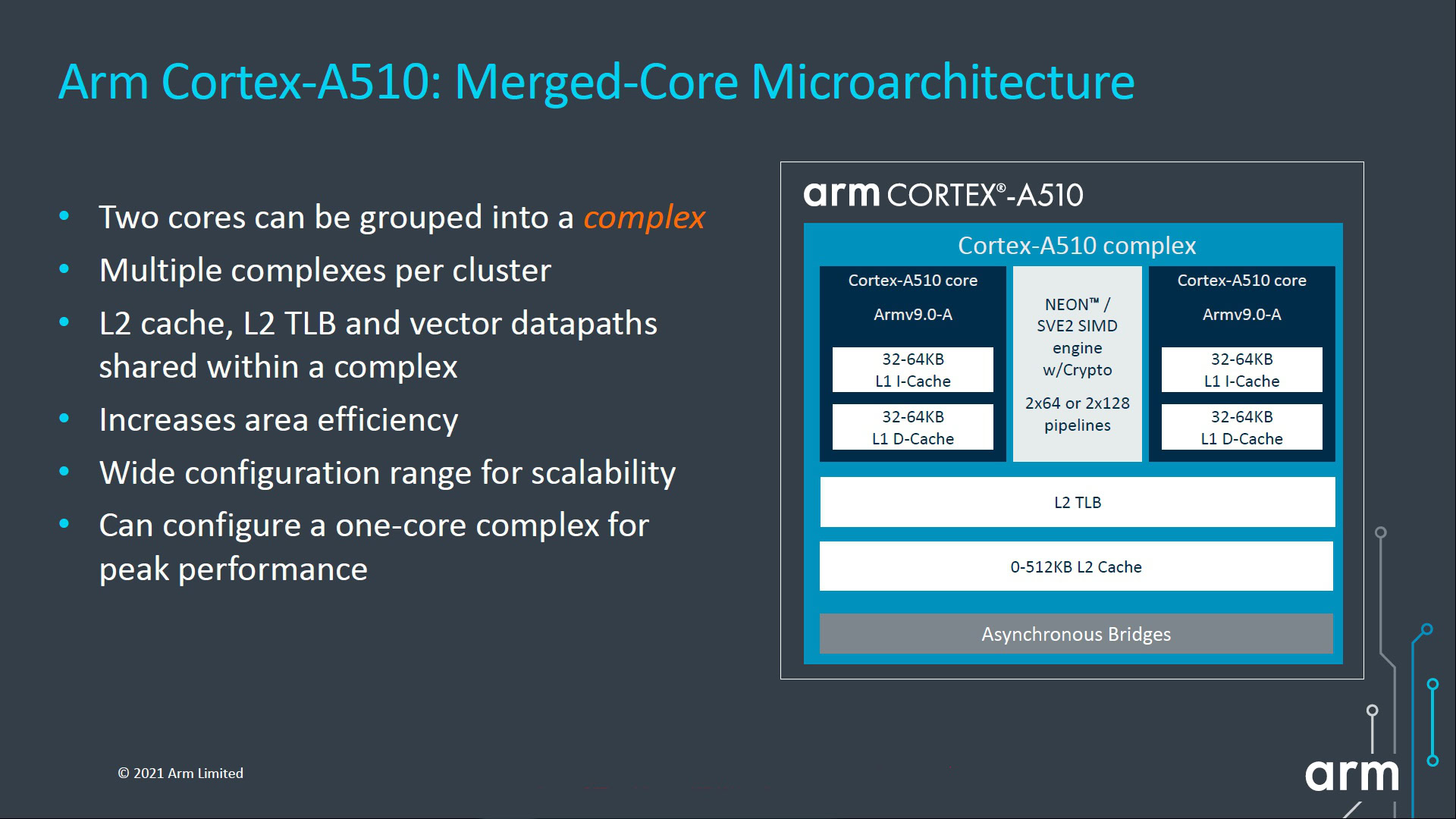Affiliate links on Android Authority may earn us a commission. Learn more.
Surprise Snapdragon 8 Gen 2 leak suggests weird CPU changes
June 9, 2022

- A new leak has dished out apparent Snapdragon 8 Gen 2 specs.
- The chipset is rumored to offer a quad-tier CPU layout.
- Qualcomm might use two older CPU cores for 32-bit compatibility.
Qualcomm launched the Snapdragon 8 Gen 1 (SM8450) late last year, powering a variety of flagship smartphones in 2022. The company only launched the Snapdragon 8 Plus Gen 1 last month, but an established leaker has dished out some rather weird specs.
Weibo tipster Digital Chat Station has posted purported specs for the SM8550 chipset, codenamed Kailua and expected to be the Snapdragon 8 Gen 2. The claimed specs include a 4nm TSMC design and an Adreno 740 GPU. We certainly hope Qualcomm uses a 4nm TSMC process as it seems to deliver major efficiency improvements over Samsung’s 4nm process. However, it’s the apparent CPU layout that has our attention.
The leaker claims that the Snapdragon 8 Gen 2 will be equipped with a four-tier CPU design, featuring one Cortex-X3 core, two Cortex-A720 cores, two Cortex-A710 cores, and three Cortex-A510 cores. In other words, we’re looking at a 1+2+2+3 CPU design, making for a departure from Qualcomm’s triple-tier CPU layout (1+3+4) it’s used since 2019’s Snapdragon 855.
An older CPU core returns?
This rumored layout does leave us with a few questions, though. The Cortex-X3 and Cortex-A720 are unannounced Arm cores, but it’s particularly interesting to see two last-generation Cortex-A710 CPU cores in there. However, Digital Chat Station suggests that these cores are here to maintain 32-bit support. For what it’s worth, the Cortex-A510 and Cortex-X2 don’t have 32-bit support, while Arm confirmed that the A710 does indeed support both 64-bit and 32-bit operations.
More Qualcomm coverage: A guide to Qualcomm Snapdragon smartphone processors
Google has been pushing for developers to drop 32-bit apps for a few years now. OPPO, vivo, and Xiaomi have also reportedly taken action against 32-bit apps in their domestic app stores. Nevertheless, it seems like Qualcomm isn’t ready for a 64-bit-only SoC if these specs are to be believed.
There is a precedent for flagship chipsets using older CPU cores, though. Samsung’s Exynos 990 adopted two older Cortex-A76 cores back in 2020 in lieu of the newer Cortex-A77 cores. Google’s semi-custom Tensor SoC also uses two Cortex-A76 cores despite the Cortex-A78 being used by rivals last year. Both of these chipsets used the older part as the medium core, sitting in between the heavyweight core and four lightweight CPU cores.
Three lightweight cores, but why?

It’s also interesting to see three Cortex-A510 cores listed here, differing from current Qualcomm, Samsung, and MediaTek flagship chipsets which use four A510 cores. Arm’s lightweight core can be configured in “merged-core” pairs or as standalone cores, with Qualcomm’s Snapdragon 8 Gen 1 currently opting for the former solution and MediaTek’s Dimensity 9000 taking the latter route. However, the fact that there are only three cores here means that Qualcomm can theoretically offer a merged-core pair and a standalone core.
Opting for the merged-core approach means two Cortex-A510 cores can share some resources (e.g. L2 cache) in order to save space on the chipset. However, Arm noted at the time that there was a minor drop in performance when using this approach over standalone little cores. There’s no word on which approach Qualcomm could be taking here but, if true, it suggests the company feels three low-power A510 cores are worth the trade-off for having four medium cores.
This leak doesn’t dish out any information regarding camera features, machine learning silicon, or other upgrades. So we’ll need to wait for additional leaks or an official disclosure to find out details in this regard. We’d nevertheless take this information with a grain of salt, especially as the chipset is only expected to be announced in six months.
